7667766266
enquiry@shankarias.in
Recently , Ministry of Statistics & Programme Implementation has released Household Consumption Expenditure Survey (HCES) for the year 2023-24.
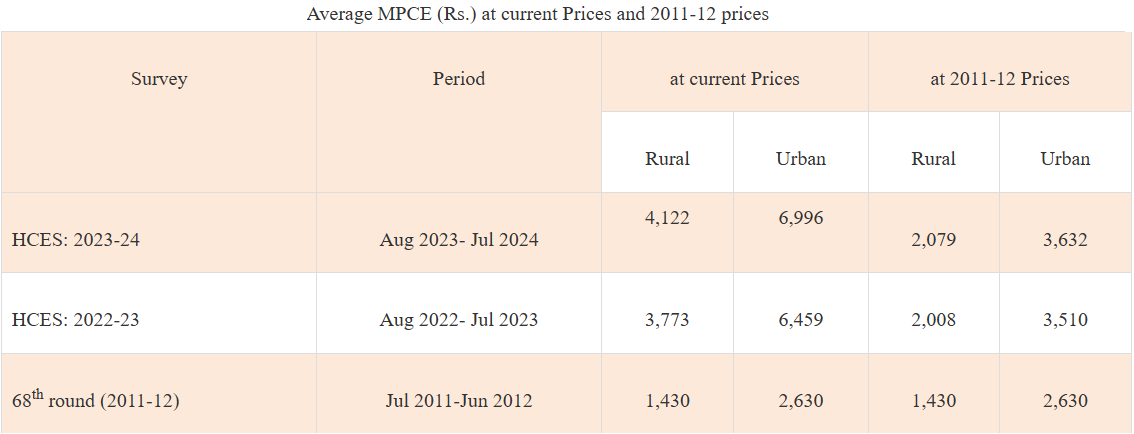
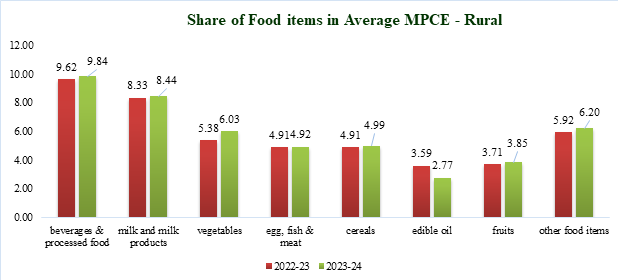
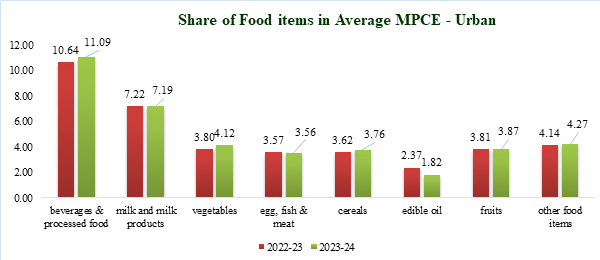
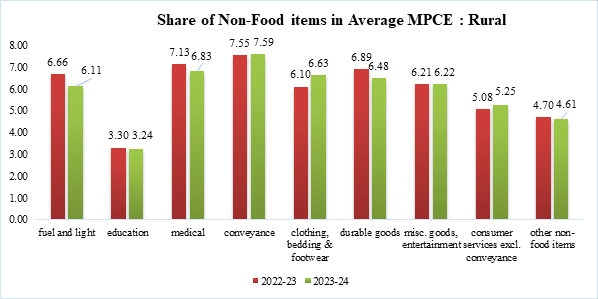
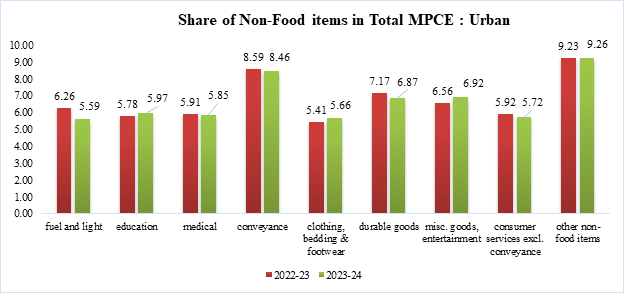
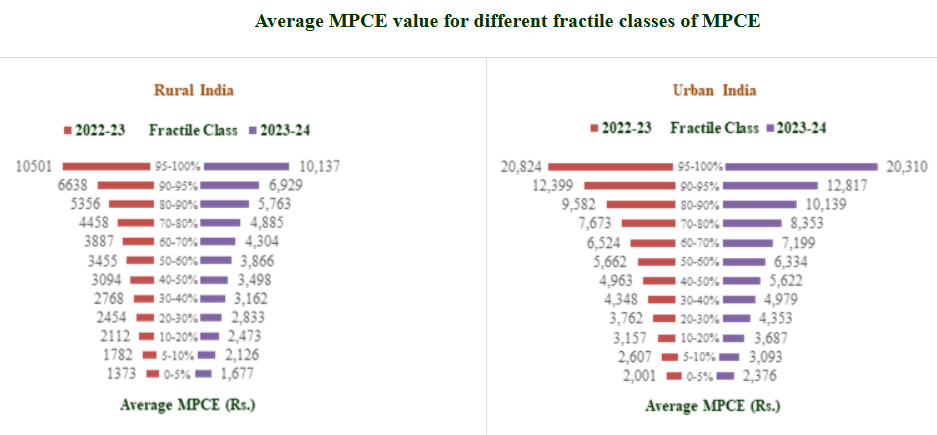
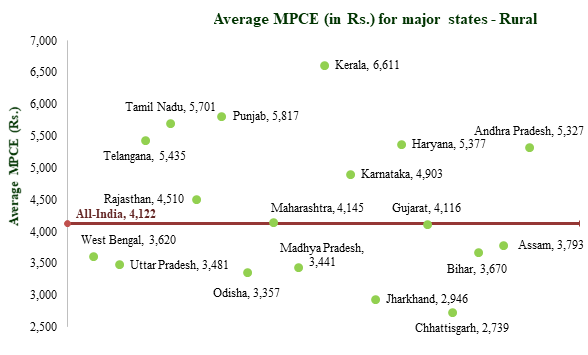
A recall period is when a respondent is asked to recall their consumption expenditure over a specific time period.
Uniform reference period (URP) had 30 days of recall for all items, and the mixed reference period (MRP) had 30 days (food) and 365 days (for other goods). Tendulkar estimated poverty based on MRP.
Modified mixed reference period (MMRP) has seven days for food items along with 30 days and 365 days for other items.